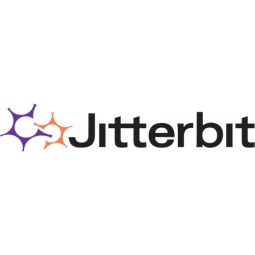Jitterbit

|
HQ Location
United States
|
Year Founded
2004
|
Company Type
Private
|
Revenue
$10-100m
|
|
Employees
201 - 1,000
|
Website
|
Jitterbit helps businesses make faster, more effective decisions by enabling them to unify and exploit data from all sources.
Using the Jitterbit API integration platform companies can rapidly connect SaaS, On-Premises and cloud applications and instantly infuse Artificial Intelligence into any business process. Our intuitive API creation technology enables companies to reuse business-critical applications and data to bring new offerings to market in days, not months. Best of all, our team of industry experts work side by side with you to accelerate innovation beyond anything you previously thought possible
-
Devices Layer
-
Edge Layer
-
Cloud Layer
-
Application Layer
-
Supporting Technologies

Supplier missing?
Start adding your own!
Register with your work email and create a new supplier profile for your business.







